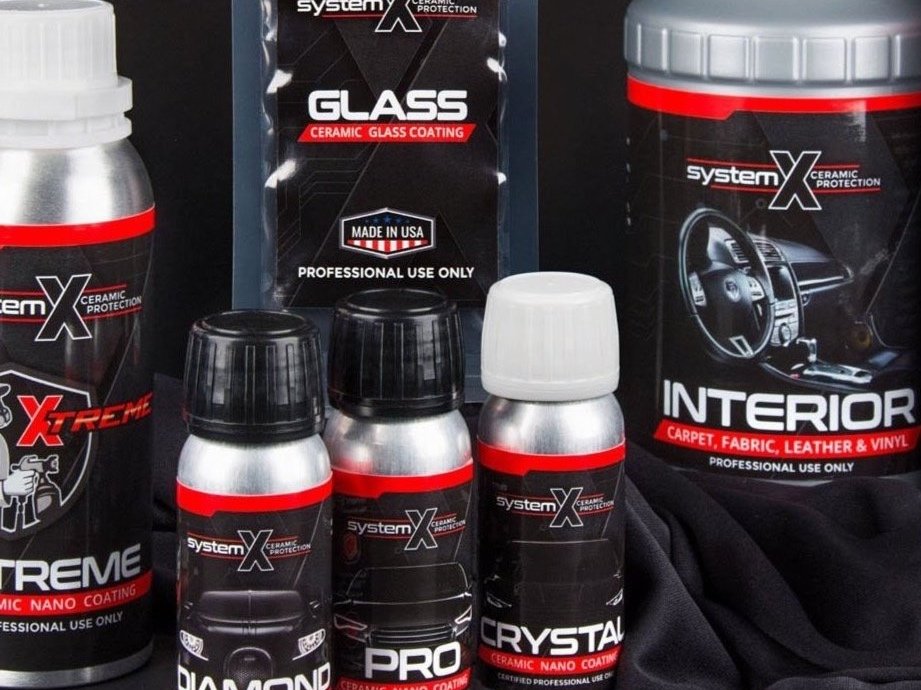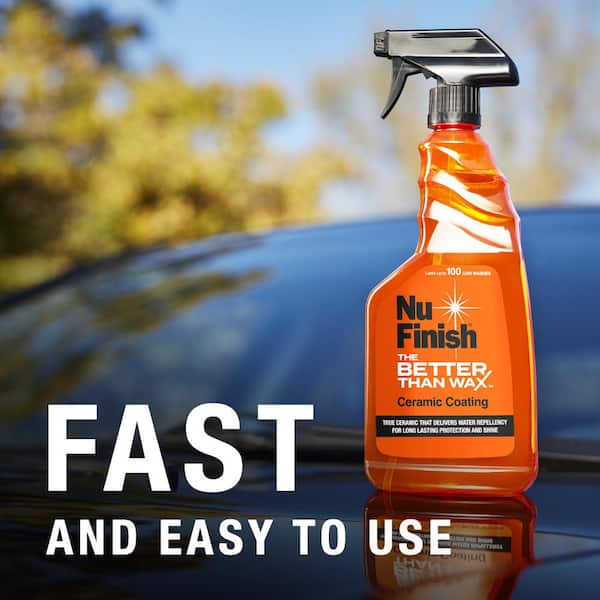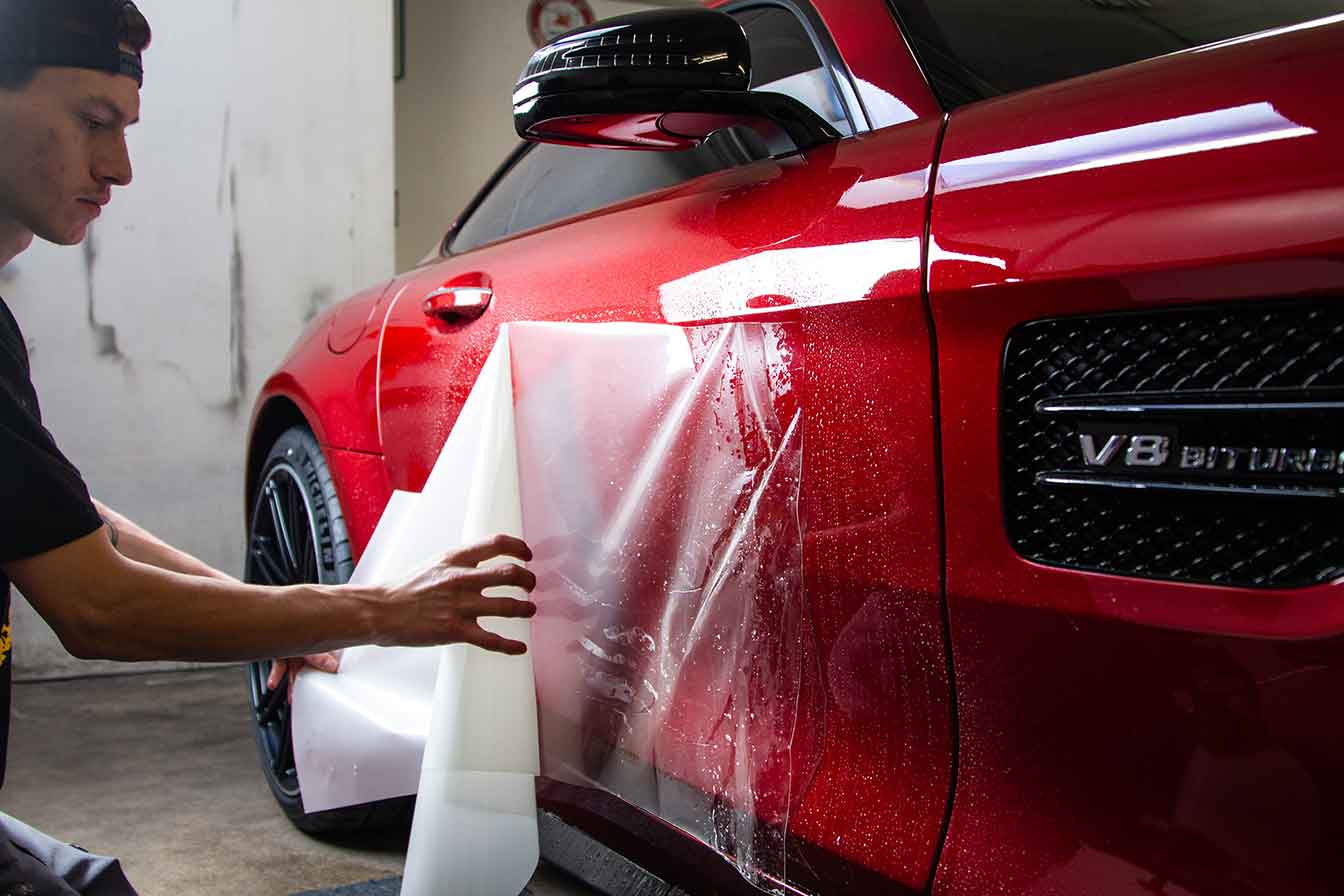Long-Term Results with Expert Ceramic Coating Philadelphia Applications
Long-Term Results with Expert Ceramic Coating Philadelphia Applications
Blog Article
Why Ceramic Layer Is the Ultimate Remedy for a Remarkable Complete
Ceramic coating has arised as a leading option for those seeking a flawless finish for their cars, many thanks to its impressive toughness and protective attributes. This innovative liquid polymer not just bonds seamlessly with factory paint yet likewise offers a formidable barrier against typical dangers such as scratches, UV rays, and environmental toxins. Its hydrophobic buildings streamline upkeep while enhancing aesthetic appeal. Nevertheless, recognizing how this modern technology contrasts to traditional methods and exploring its application subtleties can reveal even more about its worth. What variables genuinely established ceramic finish apart?
What Is Ceramic Coating?

When used correctly, ceramic layer produces a hydrophobic surface area that drives away water and dust, making it simpler to clean and preserve. Unlike traditional waxes or sealers, which usually provide temporary defense, ceramic coatings can last for several years, depending on the item quality and application approach. The procedure of using ceramic layer requires thorough prep work, including complete cleansing and sometimes repaint adjustment, to make sure optimum bonding and effectiveness.
Ceramic layers are not restricted to vehicle surfaces; they can additionally be utilized on numerous products, including glass, metal, and plastics, offering a functional solution for improving security. In general, ceramic layer stands for a significant improvement in surface defense modern technology, combining both practical and aesthetic advantages for a large range of applications.
Benefits of Ceramic Finish
While several surface defense options exist, the advantages of ceramic finish stick out because of its one-of-a-kind homes and lasting performance. Among the key benefits is its phenomenal sturdiness. Ceramic Coating Philadelphia. Unlike standard wax or sealers that need regular reapplication, ceramic finishings provide a resilient layer that can last for a number of years, considerably decreasing upkeep efforts
One more significant benefit is enhanced defense against environmental contaminants. Ceramic layers develop a hydrophobic surface that pushes back water, dirt, and various toxins, making it less complicated to cleanse. This feature not only protects the automobile's look however additionally decreases the risk of corrosion and oxidation, particularly in extreme weather.
Additionally, ceramic finishings use superior resistance to UV rays, avoiding fading and deterioration of paint in time. This UV protection is essential for maintaining the aesthetic value of surfaces and cars revealed to direct sunshine.
In addition, the glossy surface accomplished with ceramic covering improves the general visual charm, providing surfaces a showroom-quality shine. Overall, ceramic finishings represent a considerable advancement in surface protection innovation, offering enduring advantages that provide to both practical and aesthetic requirements.
How It Works
Understanding the science behind ceramic finishes discloses how they provide such amazing security and longevity. At its core, a ceramic finishing is a liquid polymer that chemically bonds with the lorry's factory paint.
The application process includes multiple steps, consisting of surface area prep work, which is critical to accomplishing ideal adhesion. When applied, the finishing undertakes a curing procedure, during which it sets and creates a semi-permanent bond with the paint surface. This bond is what differentiates ceramic finishes from conventional waxes and sealants, providing a longer-lasting protective obstacle that can withstand for years.
Moreover, the density of the layer can boost its protective top qualities, making sure that it can hold up against severe conditions. find out Eventually, the science of ceramic coatings incorporates sophisticated products with innovative application techniques to deliver an unmatched level of security and aesthetic improvement for automobiles.
Comparison With Conventional Approaches
When contrasted to standard paint security techniques such as sealers and waxes,The advantages of visit this site ceramic coverings become specifically evident. While waxes supply a momentary shine, typically lasting a few weeks to a number of months, ceramic finishes offer a long-lasting safety layer that can endure for a number of years. This longevity substantially lowers the regularity of reapplication, making ceramic layers a more affordable remedy over time.
Additionally, conventional approaches typically need substantial preparation and numerous applications to attain a sufficient level of security. On the other hand, ceramic finishes bond at a molecular level with the lorry's surface area, producing a robust shield against environmental pollutants like UV rays, acid rainfall, and road salts. This bond improves the Get More Info vehicle's resistance to scratches and swirl marks, which prevail with traditional waxes and sealants.
Additionally, the hydrophobic properties of ceramic layers fend off water and dirt, bring about simpler cleansing and upkeep. On the other hand, wax and sealant-treated surface areas can draw in grime, requiring even more frequent cleaning - Ceramic Coating Philadelphia. On the whole, ceramic coverings not just provide exceptional defense however additionally provide an extra aesthetically appealing and enduring finish, establishing them as the preferred choice for critical vehicle owners
Application and Maintenance Tips

Making use of a foam applicator, use the finish in little areas, following the manufacturer's guidelines regarding density and overlap. Enable adequate healing time between layers, usually 24 hr, to make certain appropriate bonding. After application, it is important to avoid direct exposure to water or severe components for at the very least a week to allow the coating to fully heal.
Additionally, making use of a ceramic maintenance spray can boost the covering's hydrophobic residential properties and longevity. Regular inspections for any kind of signs of wear will certainly help keep the covering's integrity and protect that pristine surface.
Verdict
In conclusion, ceramic layer emerges as a premium option for attaining a flawless vehicle coating. By forming a durable bond with factory paint, ceramic coating successfully shields versus scrapes, UV rays, and ecological impurities.

Report this page